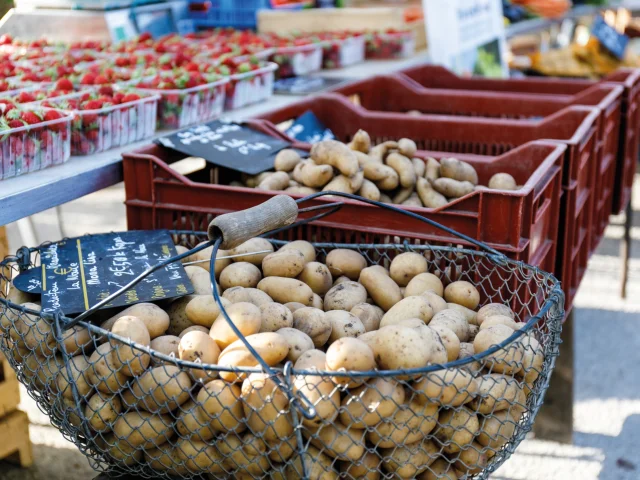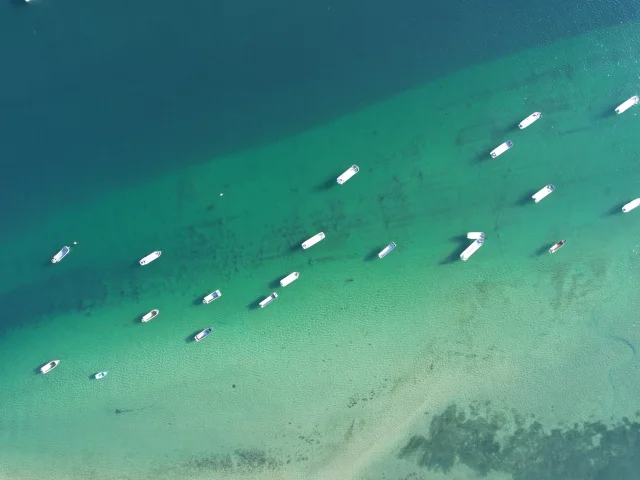Oysters are an essential part of our island lifestyle, and oyster farming is an integral part of the maritime culture of the Ile de Ré. Oysters grow in the open sea, mature in the oyster beds and are eaten directly from the producer to your plate, revealing their delicious freshness and sea spray flavours.
On the Ile de Ré, the work of men, oyster farming, is punctuated by the cycle of water and tides. Oysters are produced in this special environment, between the ocean and the salt marshes, the cradle of products of excellence. For generations, the oyster farmer’s ancestral know-how has been perpetuated, in perfect symbiosis with the elements and an exceptional natural setting.
As the seasons go by, the oyster asserts its powerful character, and on the palate it’s an exhibition of flavors: sometimes soft and fleshy, sometimes powerfully iodized and wild.


















